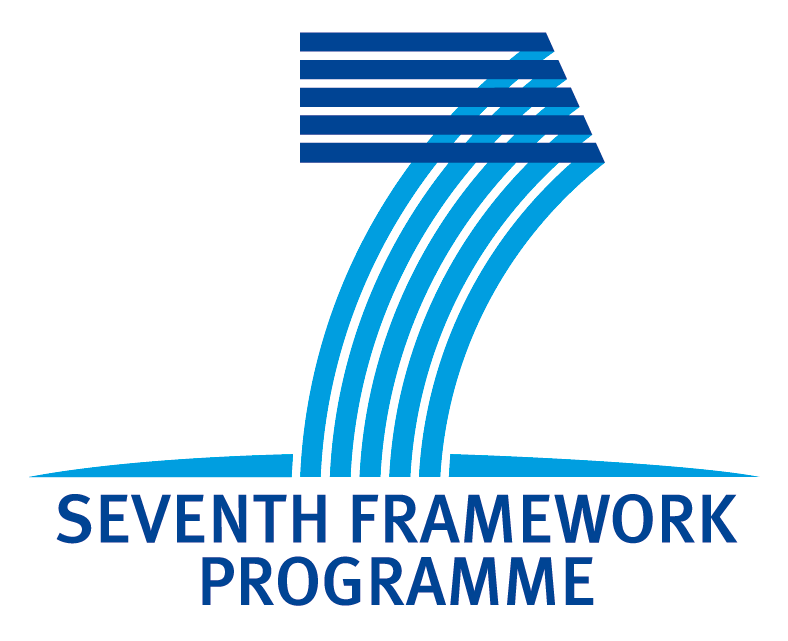 |
Alberto Luini CMNS – Consorzio Mario Negri Sud, Abruzzo, Italy
|
Institute description
The Consorzio Mario Negri Sud (CMNS) is located in Abruzzo and comprises around 210 people, on a campus of nine buildings that covers an area of approximately 20,000 m2.
The Department of Cell Biology and Oncology (DCBO) at CMNS comprises 11 research groups with the common goal of applying basic cell and molecular biology techniques to identify novel drug targets for cancer and monogenetic disorders. The DCBO employs several central core facilities, including the Protein Analysis Facility for mass spectrometry and proteomics applications, the Light Microscopy and Bio-Imaging Facility, the Electron Microscopy and Tomography Facility, and the Basic Molecular Biology Facility. Further to these, the DCBO has full access to the Animal Care Unit at CMNS.
The DCBO is internationally recognized for its contributions in the area of intracellular membrane traffic. Laboratories at the DCBO have developed new experimental systems and microscopy technologies with high resolution in time and space to address fundamental questions regarding mechanisms of transport and secretion. For example, using these approaches, laboratories at the DCBO have shown a) that a single rapid transport mechanism can account for the movement of most, if not all, of the secretory proteins through the Golgi complex b) that transport carriers operating from the Golgi to the plasma membrane are large and tubular-saccular (rather than vesicular as was previously believed), and c) that constitutive membrane traffic is potently controlled by membrane receptors and second messengers and does not have a cell house-keeping function (as was thought in the past). The regulation of constitutive membrane traffic is likely to play a key role in a large number of physiological and pathological conditions.
Group leader
Alberto Luini, MD, is Head of the Department of Cell Biology and Oncology (DCBO) at CMNS and of the Laboratory of Intracellular Membrane Traffic within the Department. Dr Luini has a long-standing interest in the molecular and morpho-functional organization and regulation of membrane transport pathways. His work has provided the foundation for the current models of organization of the secretory system.
In 2004, Dr Luini co-initiated the TIDID (Telethon Initiative for the Discovery of Drug Targets), a pilot enterprise for drug discovery in the area of genetic diseases. It is based on a) the identification of druggable targets within molecular pathway(s) that are defective in genetic diseases and the development of assays for the activity of such targets b) the development of cell-based assays for disease-related phenotypes, and c) the screening of small molecules in both assays, with the goal to identify drugs that correct the defective phenotypes. A microscope-based high-throughput screening assay of small molecules or siRNA is currently in development in the Department.
The expertise of Dr Luini’s group will bring a unique perspective to the study of ciliopathies, and help to define the precise cellular localization and live dynamics of the BBS/OFD1/NPHP proteins (WP2), identify the functional interaction networks of these proteins (WP3), and offer a platform to screen small molecules that may identify targets for the intervention of renal cystic disease (WP6).
Role in the project
Workpackage Leader for WP3. Will coordinate studies on the dynamic regulation of ciliary trafficking to define components of the secretory pathway required for ciliary trafficking as described in WP1, WP2, WP3 and WP6.
Key personnel
| Name | Title | Gender | Role/Expertise |
| Alberto Luini | Group leader | M | WPL for WP3; regulation of ciliary trafficking studies |
| Roman Polishchuck | PhD | M | Study of intra- and post-Golgi transport in ciliary trafficking (WP2, WP6) |
| Antonella Ragnini-Wilson | PhD | F | Study of conserved components and defects in ciliary trafficking (WP3, WP6) |
| Gerard W. Dougherty | PhD | M | Cell biology of cilia/microtubules, protein-protein interaction assays (WP2, WP3) |
| to be appointed | Post-doc Fellow | ||
| to be appointed | PhD Student |
Key publications
Polishchuk RS, San Pietro E, Di Pentima A, Tete S, Bonifacino JS (2006). Ultrastructure of long-range transport carriers moving from the trans Golgi network to peripheral endosomes. Traffic 7: 1092-1103.
Sallese M, Pulvirenti T and Luini A (2006). The physiology of membrane transport and endomembrane-based signalling. EMBO J 25: 2663-2673.
Luini A, Ragnini-Wilson A, Polishchuk RS, De Matteis MA (2005). Large pleiomorphic traffic intermediates in the secretory pathway. Curr Opin Cell Biol 17: 353-361.
Polishchuk R, Di Pentima A, Lippincott-Schwartz J (2004). Apical targeting of raft-associated cargo relies on basolateral exocytosis and uptake near tight junctions in polarized MDCK cells. Nat Cell Biol 6: 297-307.
Trucco A, Polishchuk RS, Martella O, Di Pentima A, Fusella A, Di Giandomenico D, San Pietro E, Beznoussenko GV, Polishchuk EV, Baldassarre M, Buccione R, Geerts WJC, Koster AJ, Burger KNJ, Mironov AA, Luini A (2004). Secretory traffic triggers the formation of tubular continuities across Golgi sub-compartments. Nat Cell Biol 6: 1071-1081.

